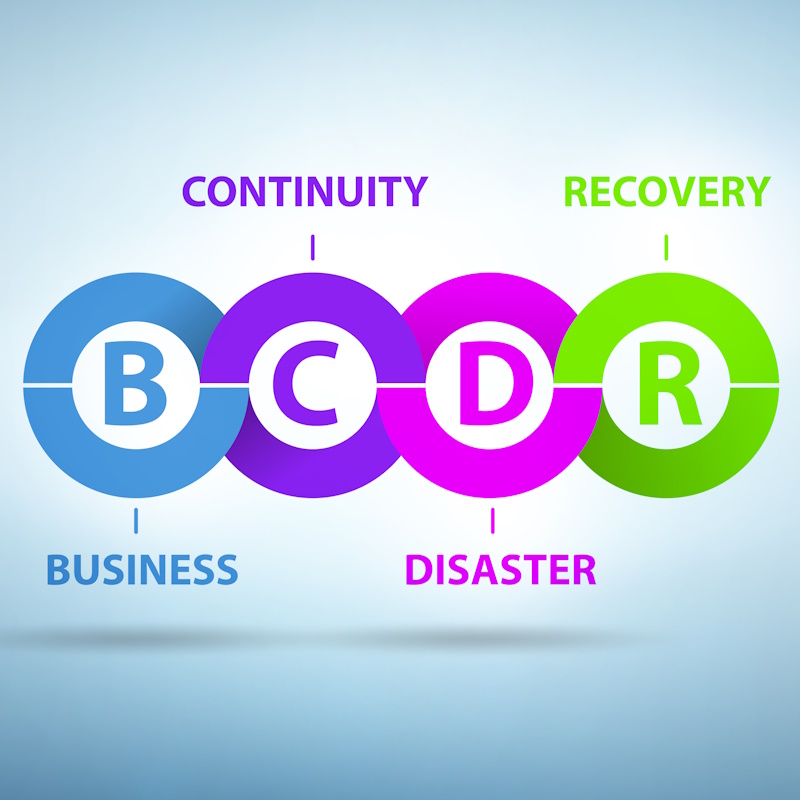Recent Posts
Categories

Successfully leveraging AI in your business requires careful planning, implementation, and ongoing management. Consider these best practices:
Define Clear Objectives:
Clearly define your business objectives and identify how AI can help achieve them. It may sounds simple but is a very important step. Understand the specific problems or challenges you are facing. Define how AI will solve those problems. Will it be by automating processes? Improving decision-making? Enhancing customer experiences? Optimizing resource allocation?
Data Readiness:
Is your data ready? Is it accurate? Is it organized? Ensure you have access to high-quality, relevant, and well-structured data. Data is the fuel for AI algorithms, so it’s essential to have a robust data strategy in place. This includes data collection, preprocessing, cleansing, and organizing. You must make sure it’s suitable for AI model development and training.
Start Small, Iterate, and Scale:
Begin with small AI projects. Get the little wins and learnings. Gradually scale up based on successes and lessons learned. Validate and refine your AI models, fine-tune parameters, and adapt to evolving requirements. Starting small also helps manage risks and control costs.
Cross-Functional Collaboration:
Multiple minds can accomplish so much more than one. If you get stuck on that one problem, a different percpective can go a long way. Advocate for collaboration between different teams within your organization. This incldues data scientists, domain experts, IT professionals, and business stakeholders. Leverage diverse perspectives, align goals, and ensure successful AI integration across departments.
Develop AI Expertise:
If you want to take advantage of AI in your organization, you will want to have AI Expertise. Invest in building AI expertise within your organization. This may involve hiring data scientists, machine learning engineers, and AI specialists. You can also decide to invest in existing employees and provide a growth path for AI. Developing in-house expertise enables better understanding, control, and customization of AI solutions. They may already know your business and have better understanding of your business goals and needs.
Data Privacy and Ethics:
Prioritize data privacy and ethical considerations when leveraging AI. Ensure compliance with relevant data protection regulations. Respect user privacy, and address potential biases in data or AI models. Develop guidelines and frameworks for responsible AI deployment and usage within your organization. It’s the right thing to do.
Continuous Learning and Improvement:
AI technologies evolve rapidly. Look how quickly it has come in just the last 5 years! It’s crucial to stay updated on the latest developments, research, and best practices. If one thing will stay the same, it is that things will change. Encourage a culture of continuous learning and professional development for your AI teams. Encourage participation in conferences, workshops, and training programs to keep up with advancements.
User Acceptance and Adoption:
You can have the best most capable programs in the world! But, if your users do not use them, they are a waste. Involve end-users and stakeholders early in the AI implementation process. Get buy-in, encourage feedback, and address concerns. Make sure the users see the value and benefits of AI to gain their acceptance. Provide user training and support to ensure smooth adoption. Ongoing training may be required for effective utilization of AI systems.
Measure Impact and ROI:
When we implement new technologies, we are always looking at the bottom line. There must be a positive ROI to make it worth it. Establish metrics and key performance indicators (KPIs) to measure the impact of AI on your business goals. Continuously monitor and evaluate the effectiveness and ROI of AI initiatives. Regularly assess whether AI is delivering the expected outcomes and adjust strategies as needed. Plan. Do. Act. Repeat.
Stay Agile and Flexible:
Maintain agility and flexibility to adapt to changing conditions. Technology is advancing and business are evolving at a record pace. Embrace new AI techniques, algorithms, and tools that can enhance your AI capabilities. Continuously reassess your AI strategy and roadmap to ensure alignment with business objectives. Be flexible and quick to adjust with the changing times.
Remember that successfully leveraging AI requires a combination of technical expertise, strategic alignment, and ongoing commitment. By following these best practices, you can maximize the benefits of AI for your business and gain a competitive edge in the market.



